Recommendation: Take the 08:15 electric train to Sergiev Posad, arrive by 09:40, and spend 2–3 hours inside the Trinity Lavra before strolling the market. Use your device to check departure times in the operator’s app, and have your ticket activated with a code before boarding. Download offline maps so connectivity isn’t a blocker, and you can use the pass once you’re back to Moscow, then plan another stop again.
Sergiev Posad at a glance: The town sits about 70 km northeast of Moscow; typical electric trains run every 30–60 minutes, with a travel time around 1h20. A return ticket costs roughly 300–450 RUB in 2025. Plan 2–4 hours to visit the monastery complex and local museums. The site is historical and features a lively Sunday fair near the square. If you’re hunting souvenirs, you’ll find wooden crafts and traditional tea stalls that pair well with a quick snack.
Kolomna: history, pastry, and riverside charm: About 100–120 km southeast of Moscow, Kolomna can be reached in 1h40 by intercity trains. The Kolomna Kremlin sits beside the Moskva River, offering 2–3 hours of exploration and photo opportunities along the embankment. Don’t miss Kolomna Pastila, a sweet tradition dating back to the 18th century; drop by the factory store for fresh samples. Lunch options range from hearty borscht to smoky shashlik, with a fair selection of bakery goods to fuel your time on the road. For families, a kid-friendly museum near the Kremlin makes the stop worthwhile.
Zvenigorod and the Istra route: A shorter hop from Moscow leads to Zvenigorod (about 40–50 km) for a 1-hour train ride. Savvino Storozhevsky Monastery tucks into a hillside with charming views and well-preserved architecture. For a longer half-day, continue to Istra to visit the New Jerusalem Monastery, about 60–70 km from Moscow; its ponds and gardens offer a peaceful contrast to the city bustle. Tickets are typically purchased via the operator and can be activated for return trips. This loop satisfies history buffs and nature lovers alike, with pastila stands and casual cafes along the way.
Practical planning tips: Check train times a day ahead, and download maps for offline use. If you’ve already visited spain, these nearby towns offer a different flavor of culture and architecture in the russias region. A single pass can cover multiple stops, and you can share it using code and a single device if you travel with family. For language comfort, some stations provide bilingual signs; otherwise, a basic line map helps you connectivity between trains and buses. When weather is fair, aim for mornings to beat crowds and maximize photo opportunities of historical sites and river views. If a stop is canceled, you can check a backup plan with the operator and again adjust your route in real time. Use these tips to build a concise, data-backed plan that makes every minute count.
Curated day trips from Moscow for 2025: practical itineraries and tips
Recommendation: Start with a Golden Ring day: Sergiev Posad in the morning, Rostov Veliky in the afternoon, and return to Moscow by night. Use citypass for cathedral entries and the metro to reach the main rail hubs; download an offline video guide so you can follow the route wherever you are.
-
Itinerary 1: Golden Ring in a day
- Origin and rail: depart Moscow from Belorussky or Yaroslavsky station toward Sergiev Posad (about 1.5 hours) using modern rail links. The found stops lead to a concentrated morning at the Trinity Lavra of St. Sergius and adjacent churches.
- Morning sites: visit the Trinity Lavra and the upper floors of the main cathedral; Cyrillic signage is common, with occasional English maps available at the desks.
- Midday transfer: continue to Rostov Veliky by regional train (roughly 2 hours from Sergiev Posad); stroll the Kremlin complex and lakeside paths for a compact cultural punch.
- Afternoon to evening: return to Moscow by rail; enjoy a quick riverside walk or a café near the station. Practical notes: citypass can cover key museum entries, and a couple of hours for a relaxed pace keeps the day comfortable.
- Tips: check the rail timetable a day ahead, keep a light bag, and use an offline map if mobile signal is weak.
-
Itinerary 2: Kolomna for history and flavors
- Rail plan: Moscow to Kolomna (about 1.5 hours) via regional trains; use the metro to reach the departure hub.
- Highlights: Kolomna Kremlin, Cathedral of the Nativity, and the old town’s arcade; sample the famous kolomna pasty and visit a local cheese workshop in the historic district.
- Afternoon: stroll along the river and consider a short stop at a confectionery shop before heading back to Moscow.
- Tips: citypass may cover museum entries; the day is well-suited for families and photographers who want steady light and compact routes.
-
Itinerary 3: Vladimir and Suzdal in one day
- Rail plan: depart Moscow to Vladimir (roughly 2–3 hours); from Vladimir, transfer to Suzdal by bus or local transport (about 1 hour).
- Morning: explore Vladimir’s Dormition Cathedral and the surrounding historic center; then head to Suzdal to see the wooden architecture and the Kremlin complex.
- Afternoon: stroll the Suzdal riverbanks and broad avenues, then return to Moscow in the evening or after a relaxed dinner en route.
- Tips: for a lighter pace, pick just one city to delve into deeply and supplement with a short village walk; a citypass helps with entry costs where applicable.
-
Itinerary 4: Zvenigorod and nearby nature
- Origin: travel from Moscow to Zvenigorod (about 60–90 minutes by rail or bus); plan to arrive early to maximise sites.
- Sites: Savvino Storozhevsky Monastery, market lanes, and a tranquil lakeside walk; consider a gentle forest trail if you want a quiet pace.
- Return: back to Moscow by evening; this route suits travelers seeking a calmer, nature-focused day with cultural touches.
- Tips: bring essentials for a light outdoor stroll; signs in Cyrillic are common, but English help desks exist at the main sites.
Practical tips for 2025:
- Divided into four routes, these options let you tailor a day to energy and time windows, keeping planning simple and focused.
- Citypass usage can reduce entry costs to the biggest sites and streamline access to museums and churches.
- From Moscow, regions are connected by metro and regional trains; travelers should plan to travel light and avoid peak hours when possible.
- In case of rain, switch to indoor sites or museums; many towns offer covered arcades and artisan shops to stay busy.
- In Cyrillic signage you’ll find maps and directions; if you need English, staff at major sites typically provide bilingual guidance.
- Further planning: download an offline map and a short video guide; subscribe by email for schedule alerts and rail changes.
- For a couple of hours of exploration, pace matters; aim for 2–3 hours per town and leave buffer time for transit.
- Wherever you go, a citypass gives access to a curated pool of destinations; unlimited options let you adjust plans on the fly.
- Specific prep: check holiday calendars, as biggest crowds appear on weekends; consider a weekday option for calmer visits.
Sergiev Posad: Getting there, timing, and main sights
Start with the Trinity Lavra of St. Sergius as the first stop to visit the main sights and set a steady pace for your travels. The golden domes glow at dawn, and the grounds invite a calm walk before the crowds arrive.
Getting there is easy from Moscow. Take an electric train from Yaroslavsky Station (the elektrichka) to Sergiev Posad; travel time is about 60–75 minutes. Trains run roughly every 20–40 minutes, so you rarely wait long. Buy tickets at the machines or via apps, and keep your phone handy for updates. When you plan a ride, also check the online timetable; the procedure is simple: board the train, scan the ticket, and enjoy the views. Banks and банкиру ATMs are widely available around the square, so you can top up as needed.
The best timing for a visit is a weekday morning, before the crowds move through the ring of streets around the Lavra. Be aware of security checks and restricted areas. Allow 2–3 hours inside the Lavra to see the Dormition Cathedral, the bell tower, and the icon treasury, and another 1–2 hours for a stroll through the surrounding squares. Opening hours start early and run until late afternoon; lines often form, but the morning visit didnt wait long. Confirm today’s hours on the official site or at the ticket desk.
The Trinity Lavra of St. Sergius dominates Sergiev Posad with its tall golden domes and the blue-and-white bell tower. Inside, the Dormition Cathedral houses ancient icons and gilded liturgical treasures. Climb the bell tower for a city view, then walk the cloisters lined with carved arches and monk gardens. Outside the Lavra, the town’s old streets offer more history and photo opportunities (pictures) and a chance to buy handcrafts and souvenirs.
For a relaxed finish, hire a carriage along the market square; this classic ride gives you a quick tour of the central lanes and the riverside embankment. The market sells lacquer miniatures, wooden toys, and traditional crafts–great souvenirs. Buying is straightforward: watch for fixed prices, and compare stalls for quality before purchasing (приобретении). If you didnt plan ahead, you can still find good deals, but often the best picks appear early in the day.
Photography is welcome in many outdoor areas, but inside temples ask for permission before taking pictures; use a respectful tone and minimize flash. When you want to capture the moment, a quick picture or two is fine, but also be mindful of worshippers and signs. Eastern influences are visible in the icons and frescoes, and you’ll notice a serenity that invites slow, mindful travels; bring a camera to record these treasures.
To stay well-informed, download travel apps before you go and bring a portable device. Apps help with schedules, map routes, and language tips; you can use them on phones or a tablet. If you need cash, banks and банкиру ATMs are plentiful, but keep an eye on small stalls that prefer cash. Using offline maps helps you пользоваться navigation when signal is weak. Some travelers like to keep a physical map as backup, and you can photograph spots to keep track of your route. The region is known for mead, honey sweets, and other tasty treats–sweet notes make a nice break during a stroll.
If you have extra time, plan a day trip to Mozhaisk (mozhaysk), reachable by a regional train or bus. The route adds a different flavor to your travels with countryside views and a chance to spot mead-makers and additional treasures along the way.
Carry a small bag with water, comfortable shoes, and a portable charger to keep devices alive for photos and maps. By dusk, you’ll have rich memories and plenty of material for pictures and a few quality souvenirs to bring back home.
Kolomna: Kremlin, riverfront, and Pastila
Knowing the area well, go to Kolomna for a best day out from Moscow: start at the Kolomna Kremlin, then stroll the riverfront, and finish with Pastila tasting.
The Kremlin walls frame a compact complex with several churches and a courtyard that offers clear views of the Oka river. Plan 60–90 minutes to explore the walls, towers, and inner yards before you head toward the riverfront for a relaxed 30–40 minute walk along the embankment.
Pastila is a regional specialty you cannot miss. The Pastila Museum explains its origin and shows the drying ovens, and the tasting room is welcoming enough for a quick sample. Boxes bought at the shop make good gifts, and this offering nicely highlights how a simple treat shaped the local identity. Knowing this history adds depth to the sweet moments in the town.
Getting there is simple: take a kursky train from Moscow Kursky station to Kolomna; the ride lasts about 1 hour 15 minutes and fares hover around 350–450 rubles. In peak season, morning departures fit best with the Kremlin schedule; use a smartphone to pull real-time updates and scan QR codes for mobile tickets when you board.
Historically, Kolomna’s links extended toward poland, and the town sits границей to neighboring regions, reflecting long trade routes that influenced crafts and markets. The region around Kolomna remains compact enough to cover in a single afternoon, while still offering enough variety to imagine broader connections across the area.
Beyond the Pastila experience, the riverfront hosts a string of cafes and small shops, making it easy to pair a snack with museum visits. Mind the crowds on weekends, and arrive early if you want to avoid peak hours. The area around the Kremlin is completely walkable, and a short stroll after the main sights reveals additional churches and tiny galleries that showcase local works.
Among Moscow’s easiest escapes, Kolomna combines history, architecture, and confections in a single, friendly package. After you finish the loop, you’ll leave with a sense of the region’s character and a taste of its culture–a compact, memorable snapshot of this part of Russia that sits fully in the orbit of Moscow’s day-tripper options.
| Site | Destaques | Tips |
|---|---|---|
| Kolomna Kremlin | walls, towers, courtyards, churches, panoramic river views | allow 60–90 minutes; check opening hours; arrive early to avoid crowds |
| Riverfront | embankment walks, cafes, photo spots | wear comfortable shoes; bring a smartphone for maps |
| Pastila Museum | history of the treat, tastings, gift boxes | bought boxes are ideal souvenirs; visit mid-morning |
Istra and the New Jerusalem Monastery: Highlights and family-friendly options
Planning a relaxed day near Moscow, this 4-hour family-friendly tour starts at the New Jerusalem Monastery in Istra and continues through the surrounding streets. This route keeps kids engaged with short stops and plenty of fresh air.
Highlights include the ancient Trinity Cathedral with frescoes, a compact hermitage site, and the monastery’s serene courtyard – an interesting blend of history and calm.
Tickets are available at the gate or online; check official hours and the security procedure at entry.
For families: stroller-friendly lanes, a short carriage ride from the parking to the entrance, and benches in the courtyard provide a calm break.
Spring visits suit active kids, and wherever you roam in the surrounding area, you can share discoveries with relatives.
Minimal Cyrillic captions complement English explanations, making the visit accessible to children and adults; this adds a real lesson about history.
Spending a few hours here, your planning will pay off; if a surprise happens, stay flexible and enjoy the moment.
Mine of stories awaits at every chapel; sign up a guided tour or browse the museum rooms to learn more.
Ticket payments can be made by банков card at the gate, and cash is accepted in most cases. If you use the official app to store tickets, you can delete duplicates to keep planning clear.
Abramtsevo Estate: Museums, wood art, and countryside eateries
Plan a 4-hour circuit: start at the manor museum wing, then visit the wood-art workshop, and finish with lunch at a countryside cafe just across the courtyard.
The museum halls present traditional Russian folk crafts, with wood carving, ceramics, and textiles on display. You’ll see carved panels, turned bowls, and embroidered textiles that reflect the Abramtsevo artists’ circle. The cathedral-style chapel on the estate invites a brief visit, and clear signs help you orient. Located in the eastern part of Moscow Oblast, the estate is easy to reach from the capital. If you have questions, staff at the information desk can map a short route between exhibits.
In the open-air yards, masters demonstrate techniques; wood is shaped with chisels and small machines, and you may buy keepsakes on site. If you didnt plan to buy, ask about guided demonstrations, as many visitors appreciate the quick tour of the workshop. Card payments are widely accepted, and reliable service keeps checkout smooth for card and cash. For larger purchases, the on-site банкиру desk can assist with receipts if needed.
Lunch at nearby countryside eateries offers borscht, rye bread with cheese, and smoked fish. The service is reliable, and many places accept cards for quick payment. While you’re there, pay attention to signs and ask about билетов and which stations serve the route back to Moscow. If you travel with an e-visa, confirm current entry rules before your trip. Bring a scarf for a cool breeze on the courtyard, and keep your phone handy for maps and communication. This makes Abramtsevo a great place to combine culture with a Moscow vacation, and a годовое pass may be offered at the gate or online to simplify future visits.
Pereslavl-Zalessky: Lakes, monasteries, and photo-friendly strolls
Plan a four-hour loop around Lake Pleshcheyevo, weaving from the lakeside quay to the Spaso-Preobrazhensky Monastery and the Goritsky Monastery, then climb to a hill for a photo-friendly overlook.
Start at dawn or at night to catch different light; the regular pace keeps the walk relaxed and the shots natural, and you can learn a few quick facts at the monastery gates.
Move between sites via a short, clear path; the situation stays comfortable for visiting families and for travelling companions alike, in case you need to adjust pace.
Take a device or smartphone for quick captures; plan to receive a voucher if you book ahead, and use the code at checkout; keep a spare battery handy.
Stalls along the way offer souvenirs and pastila; cash works, and some shops accept cards.
Destinations along the route include lakeside quays, two monasteries, a hilltop viewpoint, and a small crafts quarter, all within a compact area for a single afternoon; exploring stops between sights keeps the pace flexible.
Here, natalia travels with a fellow and compares angles, swapping tips on light and framing; their plan can adapt to a casual visit or a photography focus. Only pack the essentials and look for souvenirs with оформлением details.
Therefore, plan a short pause to enjoy coffee and reflect on the views.

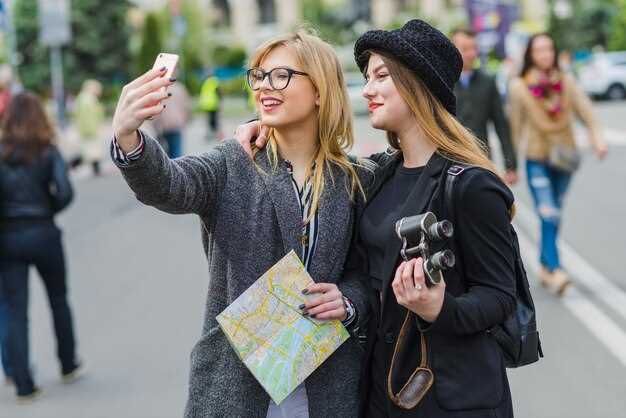 Best Day Trips from Moscow – Exploring the Surrounding Region in 2025">
Best Day Trips from Moscow – Exploring the Surrounding Region in 2025">

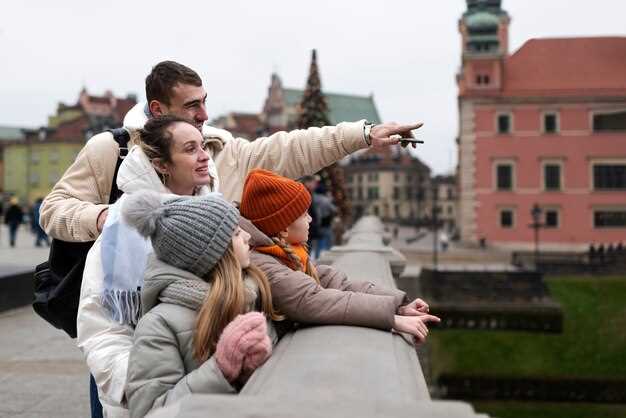
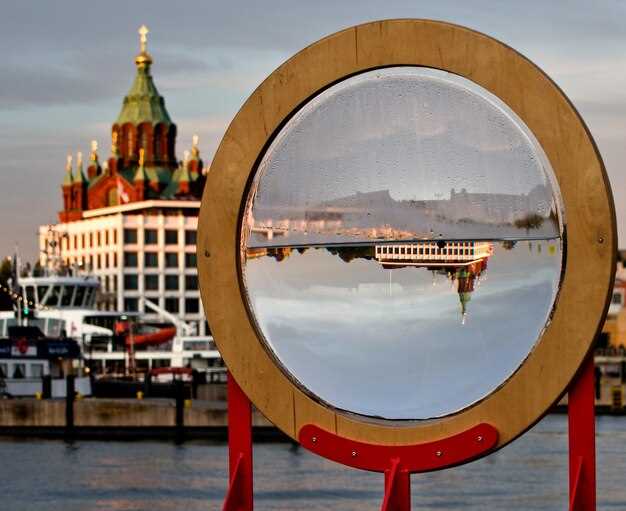
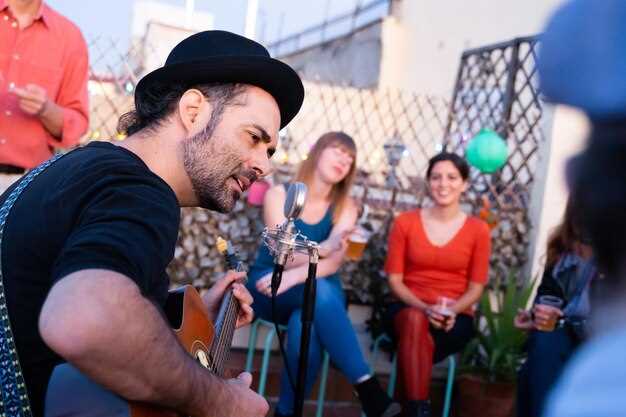 Most – Karaoke Klub on Tverskaya Street – Moscow’s Best Karaoke Experience">
Most – Karaoke Klub on Tverskaya Street – Moscow’s Best Karaoke Experience">
 Moscow Pass for Digital Nomads – Access to Co-Working Spaces and WiFi Hotspots">
Moscow Pass for Digital Nomads – Access to Co-Working Spaces and WiFi Hotspots">
 Circle Line Cruise NYC – The 6 Best Tours for 2025">
Circle Line Cruise NYC – The 6 Best Tours for 2025">
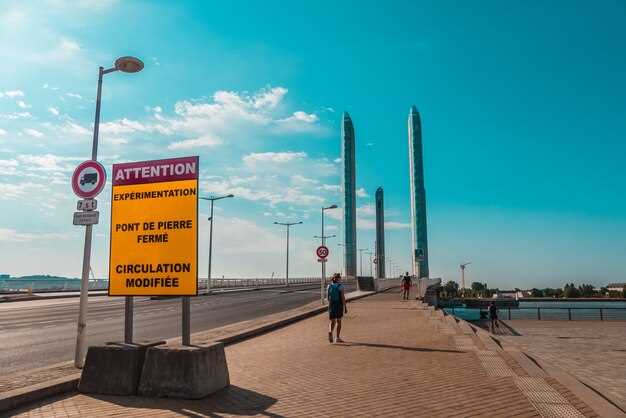 May Newsletter – How to Avoid the M-4 Highway from Moscow to Sochi">
May Newsletter – How to Avoid the M-4 Highway from Moscow to Sochi">
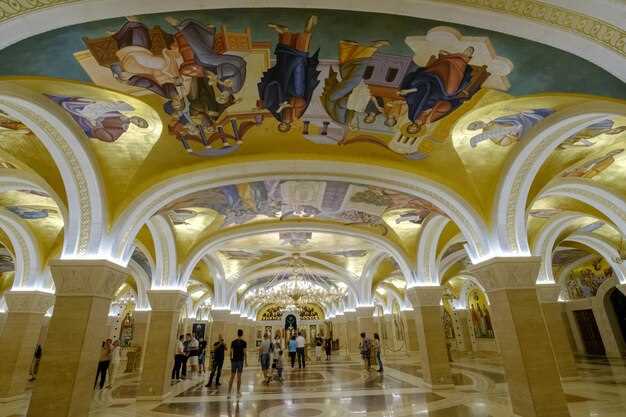 Winzavod Art Center Guide – Moscow Gallery Visit Tips">
Winzavod Art Center Guide – Moscow Gallery Visit Tips">
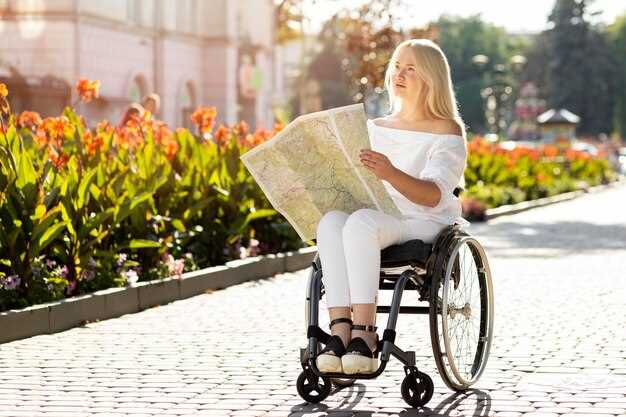 Top 13 Wheelchair-Accessible Things to Do in Moscow">
Top 13 Wheelchair-Accessible Things to Do in Moscow">
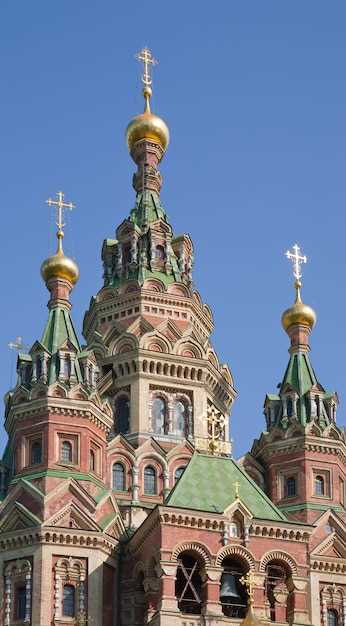 Moscow, The Golden Ring & St. Petersburg – A Comprehensive Russia Travel Guide">
Moscow, The Golden Ring & St. Petersburg – A Comprehensive Russia Travel Guide">
 Moscow Marathon 2025 – Dates, Route, Registration, and Practical Tips">
Moscow Marathon 2025 – Dates, Route, Registration, and Practical Tips">
 Zamoskvorechye District Guide – Explore Moscow’s Historic Waterfront Neighborhood">
Zamoskvorechye District Guide – Explore Moscow’s Historic Waterfront Neighborhood">